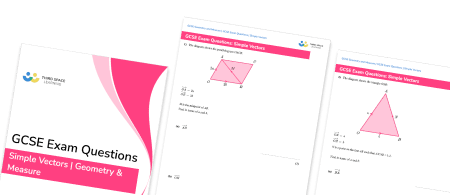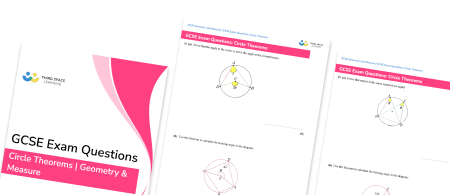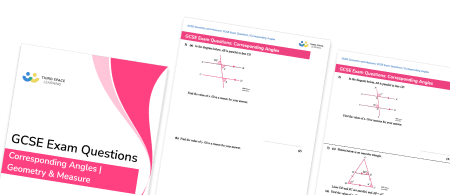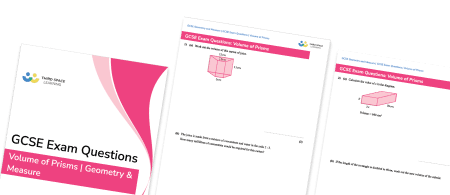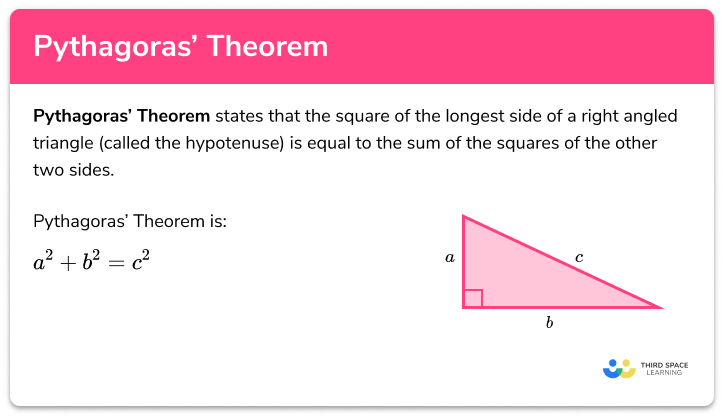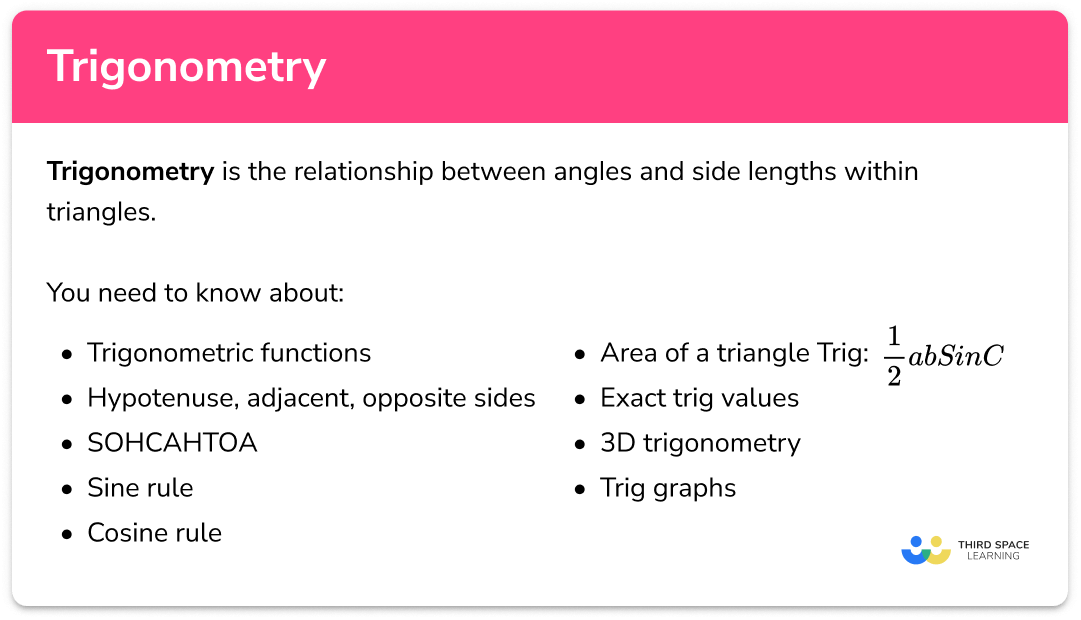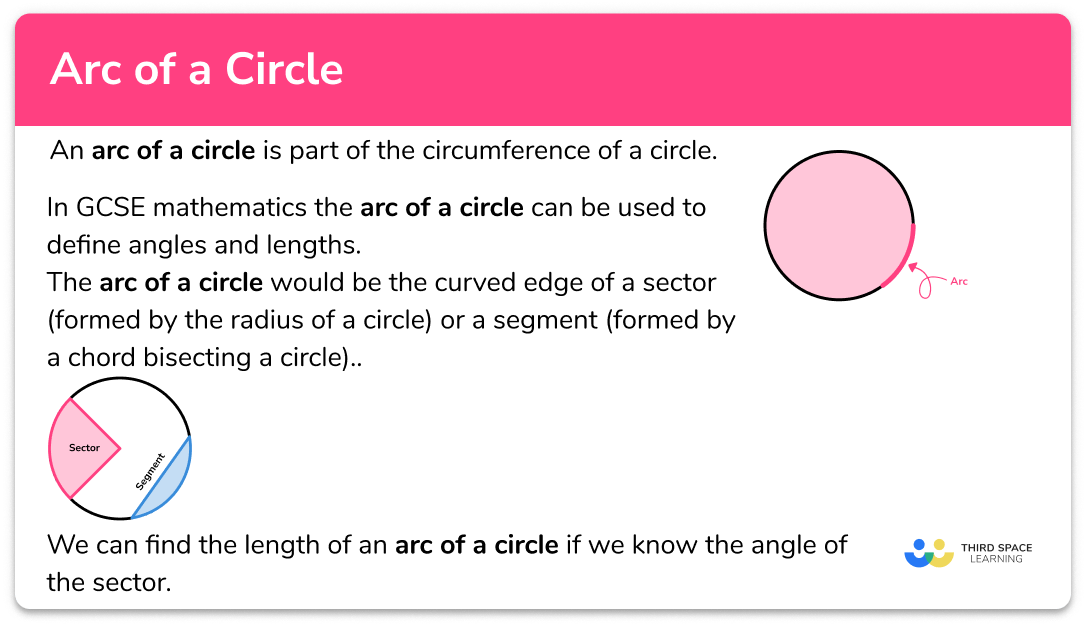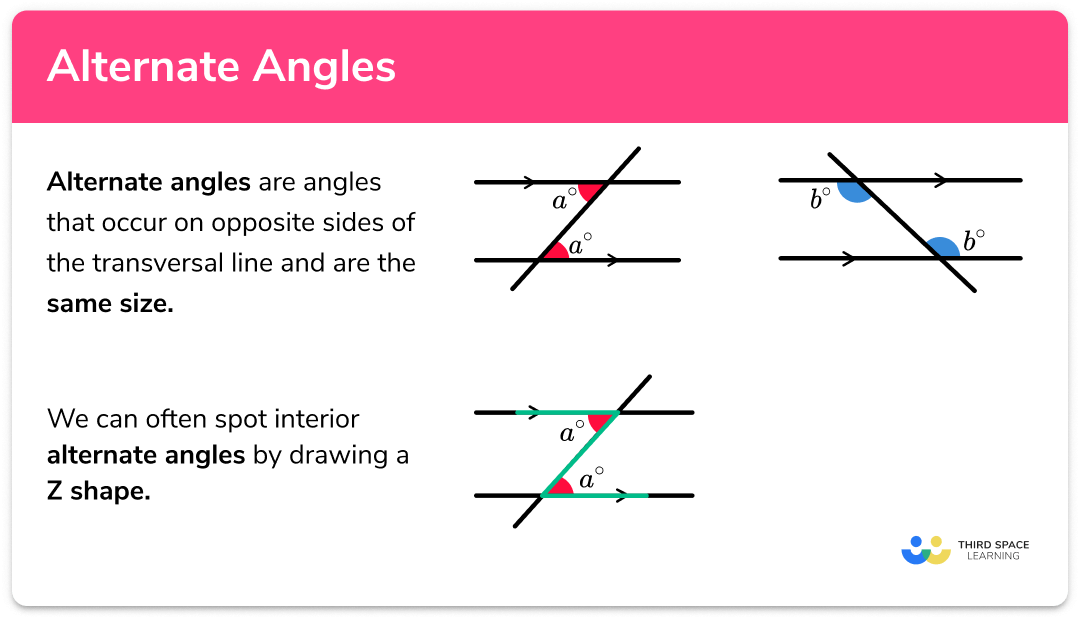FREE DOWNLOAD
Plans And Elevations Worksheet

Help your students prepare for their Maths GCSE with this free plans and elevations worksheet of 35 questions and answers
- Section 1 of the plans and elevations worksheet contains 27 skills-based plans and elevations questions, in 3 groups to support differentiation
- Section 2 contains 4 applied plans and elevations questions with a mix of worded problems and deeper problem solving questions
- Section 3 contains 4 foundation and higher level GCSE exam questions on plans and elevations.
- Answers and a mark scheme for all plans and elevations questions are provided
- Questions follow variation theory with plenty of opportunities for students to work independently at their own level
- All questions created by fully qualified expert secondary maths teachers
- Suitable for GCSE maths revision for AQA, OCR and Edexcel exam boards
Plans and elevations at a glance
Plans and elevations function as 2D representations of 3D shapes. The plan view is drawn looking directly from above, and the front elevation and side elevation are drawn looking from the front and the side of the 3D shape. Plans and elevations are scale drawings, so when drawing them students should be encouraged to measure accurately, using a ruler for straight lines, compasses for circles and protractors for angles.
In a very simple case, such as a box in the shape of a cuboid, all faces are rectangular 2D shapes, so the plan view would be the top of the box, the front elevation would be the front of the box, and the side elevation would be the side of the box – and these would all be rectangles.
Students are sometimes asked to draw plans and elevations for non-standard 3D shapes made from centimetre cubes drawn on isometric paper. In this case, it can be helpful to colour-code the top, front and side faces.
It is also important that students are able to work backwards, i.e. given the plan and elevations, produce a sketch of the solid shape they represent.
Looking forward, students can then progress to additional 3D shapes worksheets and more geometry worksheets for example an angles in polygons worksheet or volume and surface area of spheres worksheet.

For more teaching and learning support on Geometry our GCSE maths lessons provide step by step support for all GCSE maths concepts.
Do you have students who need additional support?

With Third Space Learning's secondary maths tutoring programmes, students in Year 7-11 receive regular one to one maths tutoring to address gaps, build confidence and boost progress.
"My confidence in the tutoring is high. We've had some phenomenal results. I even had one girl get a Grade 8 this year; she came to every tutoring session."
Stacey Atkins, Maths Director, Outwood Grange Academies Trust

